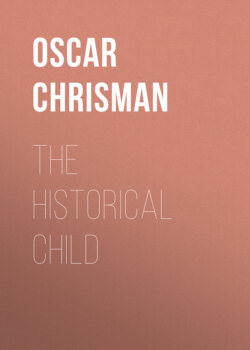Читать книгу The Historical Child - Oscar Chrisman - Страница 25
На сайте Литреса книга снята с продажи.
Marriage.
ОглавлениеTable of Contents
By law in ancient Peru, every person, both male and female, was to marry at a marriageable age, which should be not less than twenty-four in males and eighteen or twenty in females, it being recognized that not until that age were people prepared to care for a family. The nobility were allowed more than one wife but the common people were limited to one.
According to law, each person was to marry within his own kindred. This was not a very great restriction since all of his community, including the town and often the whole province, were counted his kin.
The queen of the ruler was selected from among his sisters. No other person in the realm was allowed to marry his own sister. This was commanded of the ruler so that only the purest blood—the blood of the heaven-born children of the sun—would thus flow in their offspring, thereby preventing anything earthly from being a part of their great rulers.
No marriage was considered legal unless the consent of the parents had been given; nor was any contract performed without the contracting parties so desiring it.
The ceremony was very simple and yet quite peculiar. On a certain day of each year, designated by law, all persons of marriageable age came together in the open squares of their native places. The ruler of the district would take the hands of the different couples in his and place them in each other's and pronounce them man and wife. Among the kindred of the Inca this ceremony was performed by the Inca in person.
After all the marriage vows were performed, there was a general good time had by the newly married pair and their friends, which was carried on for several days. It can be seen that these festivities must have been very general over the whole empire, as all weddings occurred on the same day, and as in every circle there must have been one wedding, so there must have been among the participants in the after-feasts nearly all, if not all, the people of the country.
The newly married pair were not left to find a home for themselves. Each district furnished a house for each married couple within its boundaries and gave a certain portion of land to them, and as children came additional allotments were made for the support of each child. For a son twice as much land was assigned to the parents as for a daughter. This allotment of land occurred each year and amounts were given in accordance with the size of the family.
